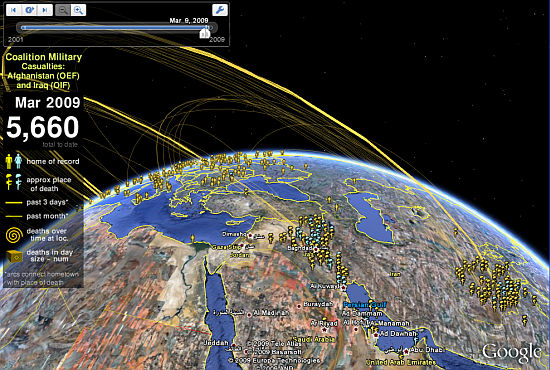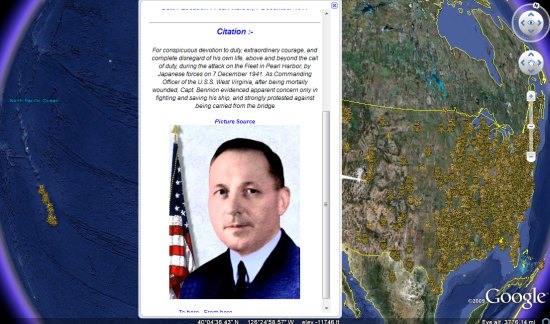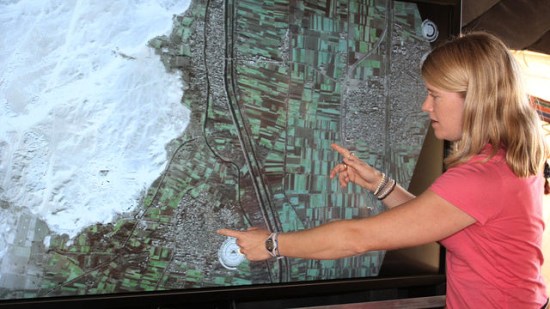On this Memorial Day, we offer you a few tools to help honor those who gave it all.
As we’ve done the last few years, we encourage you to check out Sean Askay’s Map the Fallen project. Using his KML file![]() , you can learn about many of the people that have lost their lives in recent US military duty.
, you can learn about many of the people that have lost their lives in recent US military duty.

Another neat item to check out today is the US Medal of Honor collection that we first showed you in 2008. It was created by user ‘Up_The_Spurs’ from the Google Earth Community. You can download the KMZ![]() and view the birthplaces, rank, organization, location of deed and citation for each winner.
and view the birthplaces, rank, organization, location of deed and citation for each winner.

If you know of any other great Memorial Day resources for Google Earth, please leave a comment and let us know.
